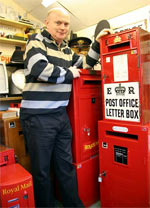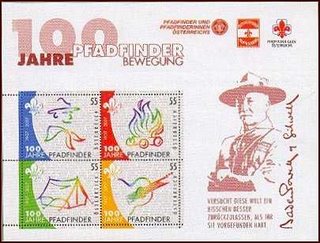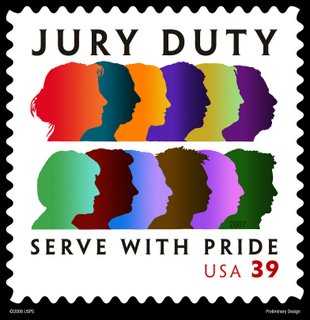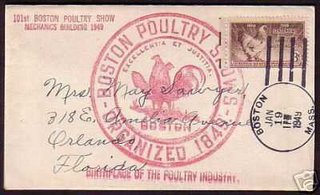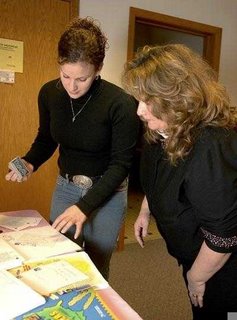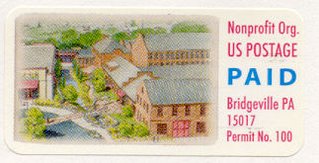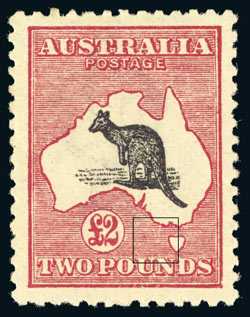Stamp insurance
According to an article posted a Wisconsin television website, a radio DJ lost over 300 collectible albums, many of which were rare, when a fire swept through his home.
Ron Von Haden, executive director of Professional Insurance Agents of Wisconsin is quoted in the article as saying, "The value of things change. You know your stamp collection may have gone up or down from a year ago or two years ago. The value of your jewelry goes up or down -- typically up. You should look at that every time you have your insurance reviewed which we suggest to be every year."
The article went on to say another thing to think about might be to add a rider or attachment to policies to cover them.
"People should document all of their possessions, and have valuables assessed every year," Von Haden said. "It may seem like a lot of work, but it's easier to document possessions while someone can rather than losing everything in something like a fire."
To read the entire article, click here.
To find out more about insuring your stamp collection, click here.
Ron Von Haden, executive director of Professional Insurance Agents of Wisconsin is quoted in the article as saying, "The value of things change. You know your stamp collection may have gone up or down from a year ago or two years ago. The value of your jewelry goes up or down -- typically up. You should look at that every time you have your insurance reviewed which we suggest to be every year."
The article went on to say another thing to think about might be to add a rider or attachment to policies to cover them.
"People should document all of their possessions, and have valuables assessed every year," Von Haden said. "It may seem like a lot of work, but it's easier to document possessions while someone can rather than losing everything in something like a fire."
To read the entire article, click here.
To find out more about insuring your stamp collection, click here.
